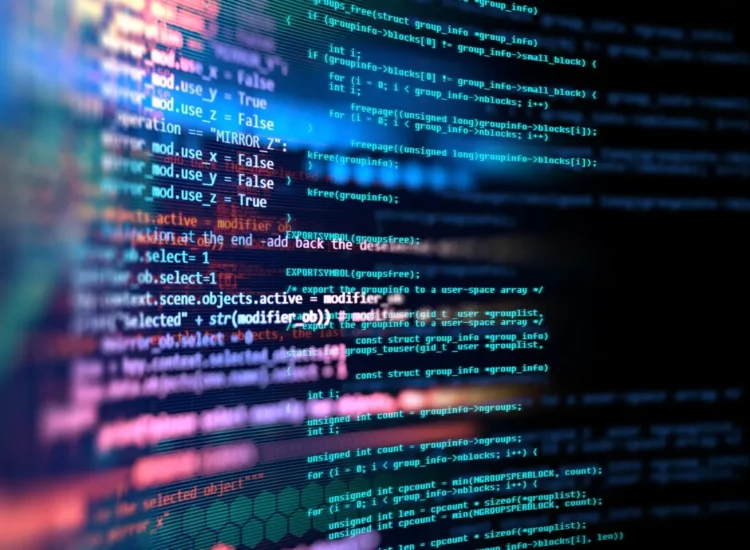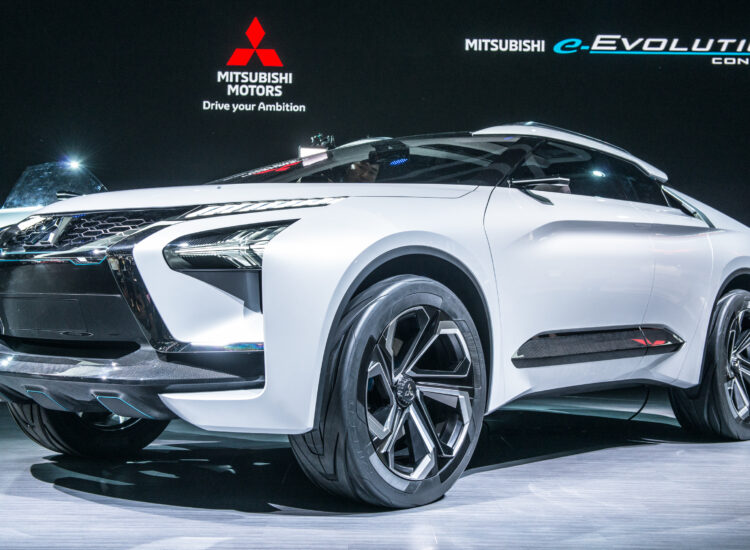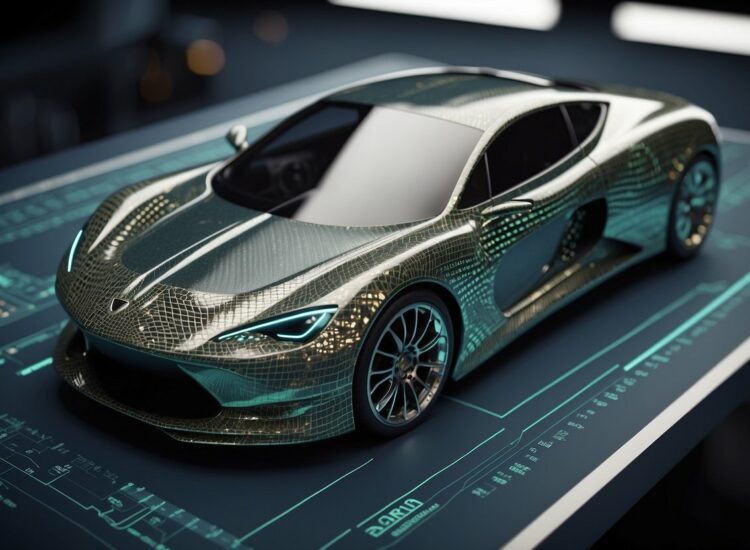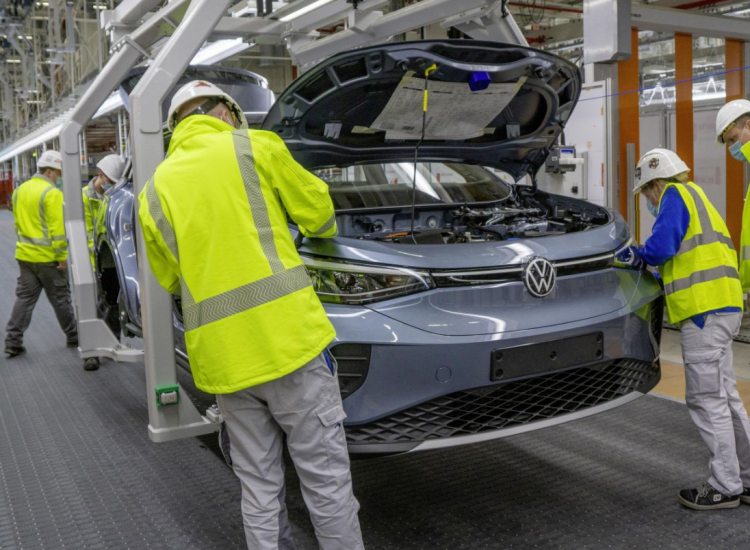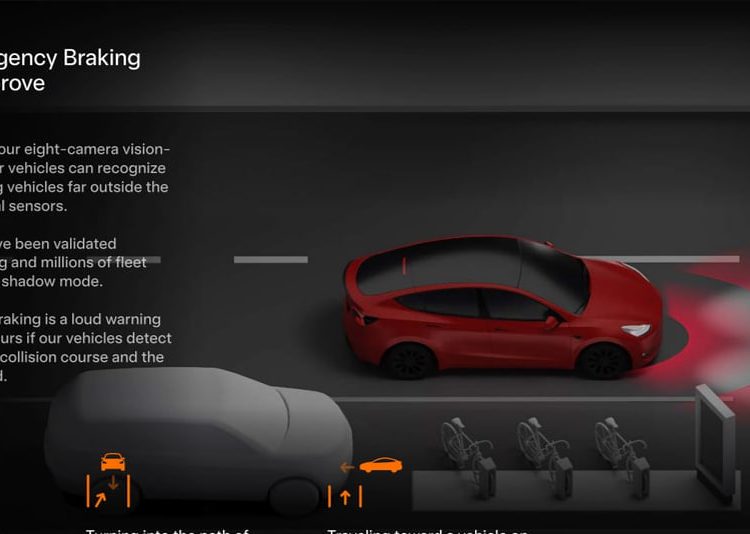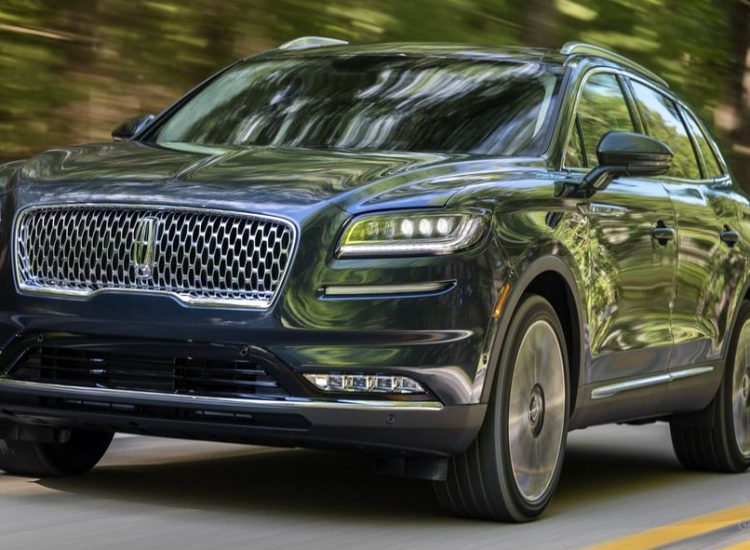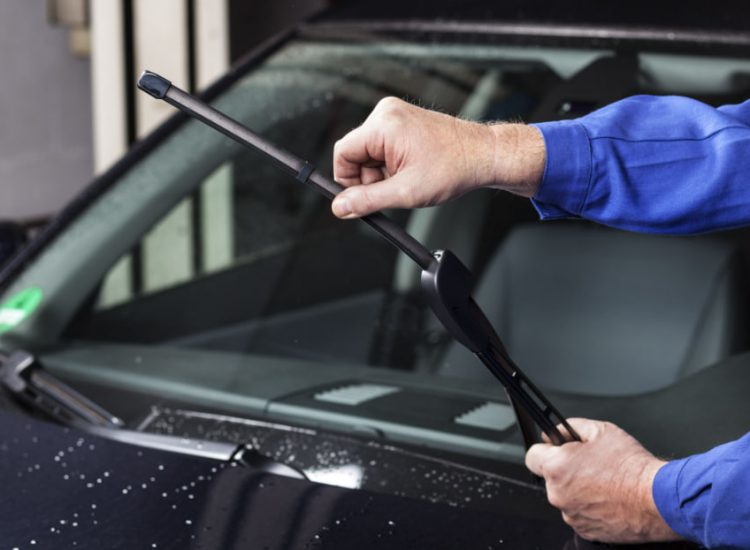RTIFICIAL INTELLIGENCE AND THE EVOLVING LANDSCAPE OF CREATIVITY
The intersection of artificial intelligence (AI) and art represents one of the most fascinating and rapidly evolving frontiers in both technology and culture. What began as niche experiments in algorithmic processes has blossomed into a global phenomenon, challenging our traditional notions of creativity, authorship, and the very definition of art itself. AI art generators, powered by sophisticated machine learning models, can now produce visually stunning and conceptually intriguing images, music, text, and even interactive experiences based on simple text prompts. This capability has sparked widespread excitement, debate, and introspection across various fields. As these tools become more accessible and powerful, they are not merely creating new aesthetics but are fundamentally reshaping how art is made, perceived, and valued. This exploration delves into the origins, mechanisms, impacts, and future trajectories of AI art, examining its technological underpinnings, its disruption of creative industries, the complex ethical questions it raises, and its potential to foster new forms of human-machine collaboration.
Toc

THE GENESIS AND EVOLUTION OF AI ART
The concept of machines creating art is not entirely new, but the capabilities witnessed today are the result of decades of progress in computer science, mathematics, and art theory. Understanding this history is crucial to appreciating the current state and potential future of AI-generated art. It’s a journey from simple rule-based systems to complex neural networks capable of learning and generating novel content.
EARLY EXPERIMENTS AND ALGORITHMIC ART
Long before the term “AI art” gained popular traction, artists and computer scientists were exploring the potential of algorithms to generate aesthetic forms. The 1950s and 1960s saw pioneers like Harold Cohen developing AARON, a computer program designed to create original drawings autonomously based on a set of programmed rules about composition and object representation. This early “algorithmic art” relied heavily on predefined instructions and lacked the learning capabilities of modern AI. Artists like Manfred Mohr and Vera Molnár used computational processes to explore geometric abstraction and combinatorial variations, pushing the boundaries of artistic creation through logical procedures. These foundational efforts demonstrated that computers could be partners in the creative process, executing complex instructions to produce visually interesting outputs, laying the groundwork for more sophisticated approaches that would emerge with advancements in computing power and artificial intelligence research. The focus was less on mimicking human creativity and more on exploring the aesthetic possibilities inherent in mathematical and logical systems.
THE RISE OF GENERATIVE ADVERSARIAL NETWORKS (GANS)
A significant leap occurred in 2014 with Ian Goodfellow’s invention of Generative Adversarial Networks (GANs). GANs represent a paradigm shift in generative modeling. They consist of two neural networks – a Generator and a Discriminator – trained simultaneously in a competitive process. The Generator creates candidate images (or other data), while the Discriminator attempts to distinguish these fake images from real ones taken from a training dataset. The Generator learns to produce increasingly realistic outputs to fool the Discriminator, which in turn becomes better at detecting fakes. This adversarial process drives both networks to improve, resulting in generators capable of producing highly convincing and often novel images. GANs quickly became a cornerstone of AI art generation, enabling the creation of realistic faces of non-existent people (StyleGAN), artistic style transfer, and imaginative visual compositions. Projects like Google’s DeepDream (which amplified patterns found in images, creating psychedelic visuals) and the sale of the GAN-generated “Portrait of Edmond de Belamy” at Christie’s auction house brought AI art into the mainstream spotlight, highlighting the potential of these networks.
DIFFUSION MODELS: A NEW ERA OF IMAGE GENERATION
While GANs were transformative, they often struggled with generating highly diverse images and could sometimes produce artifacts. Starting around 2020, Diffusion Models emerged as a powerful alternative, quickly dominating the high-resolution text-to-image generation landscape. Platforms like DALL-E 2, Midjourney, and Stable Diffusion are largely based on this technology. Diffusion models work by progressively adding noise to training images until they become pure static, and then learning to reverse this process. To generate a new image, the model starts with random noise and gradually refines it, guided by a text prompt (using techniques like CLIP – Contrastive Language–Image Pre-training), removing the noise step-by-step to construct an image that matches the description. This method generally offers greater control over the generation process, produces more diverse and coherent outputs, and excels at interpreting complex textual prompts compared to many earlier GAN architectures. The accessibility and quality achieved by diffusion models have democratized AI image creation on an unprecedented scale.
KEY MILESTONES AND BREAKTHROUGH MOMENTS
The journey of AI art is marked by several pivotal moments. Harold Cohen’s AARON demonstrated early autonomous creation in the 1970s. The popularization of GANs post-2014 led to widespread experimentation. The 2018 Christie’s auction of the “Portrait of Edmond de Belamy” for over $400,000 signified a turning point in the art market’s perception of AI-generated works, sparking intense debate about value and authorship. Google’s DeepDream captured public imagination with its surreal image manipulations. The release of OpenAI’s DALL-E in 2021, followed by DALL-E 2, Midjourney, and the open-source Stable Diffusion in 2022, marked the arrival of highly capable text-to-image models accessible to the public. These tools allowed millions to experiment with generating images from text descriptions, leading to an explosion of creative output and further intensifying discussions about the nature and future of art. Competitions like the Colorado State Fair fine arts competition, where an AI-generated image won first place in a digital art category in 2022, further fueled the conversation.
FROM NICHE EXPERIMENTS TO MAINSTREAM PHENOMENON
What started as theoretical explorations and experiments confined to computer labs and avant-garde art circles has undeniably entered the mainstream. The user-friendliness of modern AI art platforms, combined with their often astonishing results, has attracted millions of users worldwide – from professional artists and designers incorporating these tools into their workflows to hobbyists exploring creative expression and businesses leveraging AI for marketing and content creation. Social media platforms are flooded with AI-generated images, memes, and discussions. News outlets regularly report on the latest advancements and controversies. This transition from niche to mainstream has been driven by rapid technological progress (particularly diffusion models), increased accessibility via web interfaces and apps, significant venture capital investment, and a growing cultural fascination with the capabilities and implications of artificial intelligence in creative domains. AI art is no longer a curiosity; it’s a burgeoning field impacting culture, commerce, and creativity.
UNDERSTANDING THE TECHNOLOGY BEHIND AI ART GENERATION
To fully grasp the capabilities and limitations of AI art, it’s essential to understand the core technologies that power these systems. While the user experience might be as simple as typing a text prompt, beneath the surface lie complex computational processes involving vast datasets, sophisticated algorithms, and intricate neural network architectures. This section unpacks the fundamental concepts driving AI art generation.
1. https://suvwars.com/mmoga-artificial-intelligence-art
4. https://suvwars.com/mmoga-what-happened-when-a-german-car-factory-went-all-electric
5. https://suvwars.com/mmoga-mitsubishi-ev-leading-the-charge-in-eco-friendly-transportation

CORE CONCEPTS: MACHINE LEARNING AND NEURAL NETWORKS
At the heart of AI art generation lies machine learning (ML), a subset of artificial intelligence where systems learn patterns and make predictions from data without being explicitly programmed for every task. Specifically, deep learning, which utilizes artificial neural networks (ANNs) with multiple layers (hence “deep”), is the dominant approach. ANNs are inspired by the structure and function of the human brain, consisting of interconnected nodes or “neurons” organized in layers. These networks learn by adjusting the strengths (weights) of connections between neurons based on exposure to vast amounts of training data. In the context of AI art, neural networks like GANs and Diffusion Models learn complex patterns, textures, styles, and relationships between concepts (e.g., how objects typically appear, the characteristics of different artistic styles) from millions of images and their associated text descriptions. This learned knowledge allows them to synthesize novel images that conform to specific prompts.
TRAINING DATA: THE FOUNDATION OF AI CREATIVITY
The quality, quantity, and diversity of the data used to train AI models are paramount. AI art generators “learn” about the visual world and artistic styles by processing massive datasets, often containing billions of image-text pairs scraped from the internet. Datasets like LAION-5B (used to train Stable Diffusion) are examples of such large-scale resources. The content of this training data directly influences the model’s capabilities and biases. If a dataset predominantly features Western art styles, the AI will be better at generating images in those styles. If the data contains biases regarding gender or race representation, the AI’s outputs may reflect and even amplify those biases. Furthermore, the use of copyrighted images within these training datasets has become a major point of contention and legal challenge, raising fundamental questions about intellectual property rights in the age of generative AI. The curation and ethical sourcing of training data remain critical challenges for the field.
PROMPT ENGINEERING: GUIDING THE AI’S VISION
While the AI model holds the learned knowledge, the user guides the generation process through “prompts” – typically text descriptions of the desired output. “Prompt engineering” has emerged as a new skill, involving crafting effective prompts to elicit the best possible results from the AI. This often requires more than just a simple description; users experiment with specific keywords, stylistic descriptors (e.g., “in the style of Van Gogh,” “cinematic lighting,” “photorealistic”), technical terms (e.g., “8K resolution,” “wide-angle lens”), negative prompts (specifying what not to include), and parameters controlling aspects like aspect ratio or adherence to the prompt. Effective prompt engineering involves understanding how the model interprets language and visual concepts, iterating on prompts, and sometimes combining multiple techniques to achieve a specific artistic vision. It’s a blend of linguistic precision, artistic direction, and technical know-how, turning the interaction with the AI into a creative act itself.
POPULAR AI ART GENERATORS AND PLATFORMS
The AI art landscape is populated by several prominent tools and platforms, each with its strengths and characteristics. Midjourney is renowned for its highly stylized and often artistic outputs, accessed primarily through the Discord platform. OpenAI’s DALL-E 2 (and subsequent versions) is known for its strong grasp of photorealism and concept combination. Stable Diffusion stands out as an open-source model, allowing for greater customization, local installation, and a vibrant community developing extensions and fine-tuned versions. Other tools include Adobe Firefly (integrated into Adobe’s Creative Cloud, trained on licensed content), Google’s Imagen and Gemini, Leonardo.Ai, and various specialized generators. These platforms typically offer web interfaces or APIs, often operating on a freemium or subscription basis, where users get a certain number of free generations before needing to pay. The competition is fierce, driving rapid innovation and improvements in quality, speed, and features.
TECHNICAL LIMITATIONS AND ONGOING RESEARCH
Despite rapid progress, current AI art generators still face limitations. Accurately rendering complex details like human hands remains a notorious challenge. Achieving perfect anatomical or physical consistency, especially in complex scenes, can be difficult. Understanding nuanced contextual relationships or abstract concepts described in prompts can sometimes lead to nonsensical or literal interpretations. Maintaining stylistic consistency across multiple generated images is another area of active research. Researchers are continuously working to improve model architectures, training techniques, and data quality to overcome these hurdles. Areas of focus include enhancing model controllability, improving the understanding of complex prompts, reducing biases, increasing generation speed and efficiency, and developing models capable of generating other modalities like video and 3D assets with the same fidelity as images. The field is advancing at an astonishing pace.
THE IMPACT AND IMPLICATIONS OF AI ART
The rise of capable AI art generators is sending ripples across society, prompting profound discussions about the nature of art, the role of the artist, economic structures, and ethical responsibilities. These tools are not merely technical achievements; they are cultural forces reshaping creative practices and challenging long-held assumptions. The implications are far-reaching, affecting artists, industries, legal frameworks, and our collective understanding of creativity.

REDEFINING CREATIVITY AND AUTHORSHIP
AI art fundamentally challenges traditional notions of creativity and authorship. Is the “artist” the AI model, the human who wrote the prompt, the engineers who built the model, or the creators whose work was used in the training data? Where does the creative spark originate? Some argue that AI tools are simply sophisticated instruments, like a camera or Photoshop, wielded by human creators who provide the intent, concept, and curation. The prompt engineer acts as a director, guiding the AI’s potential. Others contend that the AI itself exhibits a form of emergent creativity by synthesizing novel combinations and styles it was never explicitly taught. This debate forces a re-evaluation of what constitutes an “original” work and who deserves credit (and copyright protection) for AI-generated outputs. The collaborative nature of human-AI interaction suggests that authorship might become a more fluid or distributed concept in the future.
DEMOCRATIZATION OF ART CREATION
One of the most significant impacts of AI art tools is their potential to democratize visual creation. Individuals without traditional artistic training or technical skills can now translate their ideas into compelling images simply by describing them in text. This lowers the barrier to entry for visual expression, potentially unlocking creativity in people who previously felt unable to participate in visual arts. It allows educators, small business owners, researchers, and hobbyists to create custom visuals quickly and affordably. However, this democratization also raises concerns among professional artists who fear their skills may be devalued. While it empowers many, the ease of generating high-quality images could lead to market saturation and complicate the definition of artistic skill and expertise. The balance between broader access and the value of honed craft is a central tension.
ECONOMIC IMPACT ON ARTISTS AND THE ART MARKET
The economic implications for artists and creative industries are complex and hotly debated. On one hand, AI tools can augment workflows, allowing artists and designers to rapidly prototype ideas, generate assets, or explore stylistic variations, potentially increasing productivity. Some artists are successfully incorporating AI into their practice, creating unique hybrid forms. On the other hand, there are widespread concerns about AI displacing human artists, particularly in fields like illustration, concept art, and stock photography, where AI can generate comparable or “good enough” results at a fraction of the cost and time. This could drive down prices and reduce demand for certain types of human-created art. The art market is also grappling with how to value and sell AI-generated pieces, as seen in early high-profile auctions and the ongoing debate surrounding copyright and originality.
COPYRIGHT, OWNERSHIP, AND ETHICAL DILEMMAS
Copyright law is struggling to keep pace with generative AI. Key questions revolve around whether AI-generated outputs can be copyrighted and who owns that copyright. Current legal precedents in many jurisdictions, like the US, suggest that works generated solely by AI without sufficient human authorship are not eligible for copyright protection. However, the threshold for “sufficient human authorship” (e.g., through prompt engineering, selection, and modification) is still being defined. Equally contentious is the issue of training data. Many models are trained on vast amounts of internet-scraped images, often including copyrighted works, without the original creators’ permission or compensation. This has led to lawsuits from artists and stock photo companies arguing that this constitutes copyright infringement. Resolving these legal and ethical dilemmas – balancing innovation with creators’ rights – is crucial for the responsible development and deployment of AI art technologies.
AI ART IN VARIOUS INDUSTRIES (DESIGN, GAMING, ADVERTISING)
Beyond the fine art world, AI generation tools are rapidly finding applications across numerous industries. In graphic design, AI can assist with logo creation, mood board generation, and creating variations of design elements. The gaming industry is exploring AI for generating textures, character concepts, environmental assets, and even non-player character (NPC) dialogue and behavior, potentially speeding up development cycles and creating more dynamic game worlds. Advertisers and marketers are using AI to create custom ad creatives, personalized marketing materials, and social media content quickly and at scale. Fashion designers are experimenting with AI to generate novel patterns and clothing designs. While adoption varies, the potential for AI to streamline workflows, personalize content, and unlock new creative possibilities is driving interest and investment across the commercial creative sector, alongside ongoing concerns about job displacement and quality control.
THE FUTURE OF AI ART AND HUMAN-MACHINE COLLABORATION
Looking ahead, the trajectory of AI art suggests a future where humans and machines engage in increasingly sophisticated creative partnerships. Rather than viewing AI solely as a replacement for human artists, many envision it as a powerful collaborator, augmenting human capabilities and opening up entirely new artistic avenues. The focus is shifting towards understanding how these tools can best serve human creativity and how we can navigate the ethical challenges responsibly.

EMERGING TRENDS AND PREDICTIONS
Several trends are shaping the future of AI art. We can expect continued improvements in image quality, coherence, and controllability, potentially overcoming current limitations like rendering hands or complex physics. Multi-modal models, capable of understanding and generating combinations of text, images, audio, and video, are likely to become more prevalent, enabling richer creative expressions. AI’s integration into existing creative software suites (like Adobe Creative Cloud) will likely deepen, making these tools a standard part of professional workflows. We may also see the rise of more specialized AI models trained for specific artistic styles or technical tasks. Furthermore, research into AI understanding of deeper semantic meaning, context, and emotion could lead to tools that are more attuned collaborators. The ethical and legal frameworks will also continue to evolve, hopefully providing clearer guidelines for training data usage and copyright.
ENHANCING HUMAN CREATIVITY THROUGH AI TOOLS
The potential for AI to enhance, rather than replace, human creativity is significant. AI can serve as an tireless brainstorming partner, generating countless variations on a theme or style in seconds, helping artists overcome creative blocks or explore unexpected directions. It can automate tedious tasks, such as texture generation or background filling, freeing up artists to focus on higher-level conceptual work and refinement. AI can help non-artists visualize their ideas, facilitating communication and collaboration in fields like architecture or product design. Artists can use AI outputs as starting points, modifying, combining, and integrating them into their own unique workflows, creating hybrid art forms that blend human skill with machine generation. The key lies in viewing AI as a co-pilot or an extension of the artist’s own creative toolkit, amplifying their vision and capabilities.
THE ROLE OF AI IN ART CURATION AND CRITICISM
Beyond art creation, AI may also play a growing role in art curation, analysis, and criticism. Machine learning models can be trained to analyze large datasets of artworks, identifying stylistic trends, influences, and patterns that might elude human observers. AI could assist curators in discovering emerging artists or identifying works with specific characteristics from vast digital archives. AI-powered tools might offer new ways to analyze artwork based on composition, color theory, or emotional sentiment expressed in related text. While unlikely to replace the nuanced judgment of human critics, AI could provide supplementary tools for analysis and discovery, offering data-driven insights into art history and contemporary practice. This could also help personalize art recommendations for audiences, similar to how streaming services recommend movies or music.
POTENTIAL FOR NEW ART FORMS AND EXPERIENCES
Generative AI opens the door to entirely new art forms and interactive experiences that were previously impossible or impractical. Imagine interactive installations where the visuals respond in real-time to audience input or environmental data, constantly generating unique outputs. Consider dynamic artworks that evolve over time based on algorithms or external data feeds. AI could enable the creation of deeply personalized narrative experiences or games where environments and characters are generated on the fly based on player choices. The fusion of AI with virtual reality (VR) and augmented reality (AR) could lead to immersive artistic environments that adapt and respond intelligently. These possibilities push beyond static images or traditional media, suggesting a future where art is more dynamic, personalized, and interactive, blurring the lines between creator, artwork, and audience.
As AI art technology continues to advance, navigating the ethical landscape remains paramount. Establishing clear guidelines and best practices for the sourcing and use of training data is essential to respect creators’ rights and avoid perpetuating biases. Developing transparent methods for identifying AI-generated or AI-assisted content will be important for maintaining trust and authenticity. Addressing the economic disruption faced by artists requires proactive solutions, potentially including new business models, retraining programs, or frameworks for compensating artists whose work contributes to AI training. Fostering public discourse and education about AI capabilities and limitations is crucial for informed decision-making. Ultimately, harnessing the creative potential of AI art while mitigating its risks requires ongoing dialogue, thoughtful regulation, and a commitment to ethical principles from developers, artists, policymakers, and the public alike. The future of AI art depends not just on technological breakthroughs, but on our collective wisdom in guiding its development and integration into our cultural fabric.

